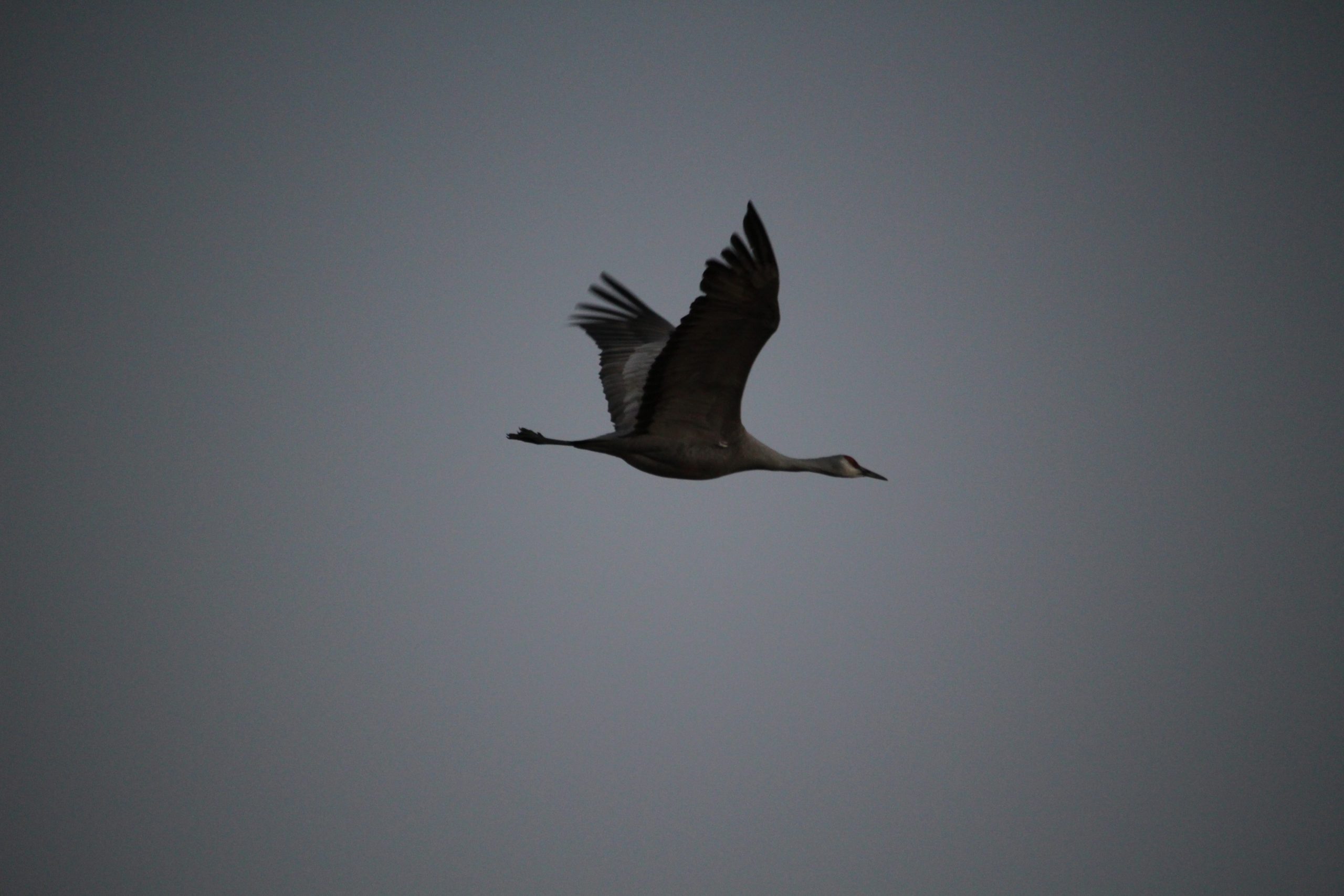The Audubon Society highlighted the SunZia Transmission Project as an example of building transmission while taking steps to protect birds in a new report released Tuesday.
The report focuses on the need to expand transmission to allow for more renewable energy. This is important because clean energy sources like wind and solar can help reduce the amount of greenhouse gas emissions while providing electricity to homes and businesses. But transmission lines can also impact wildlife, especially birds.
“Because of the complex relationships between birds and transmission, and the pressing need for climate action, it is imperative that the expansion of clean energy and transmission is done thoughtfully,” the report states.
The Audubon Society looks at ways to reduce those impacts in the new report. In the report, the advocacy group says it supports transmission projects that are “sited and operated properly to effectively avoid, minimize, and mitigate the impacts on birds, other wildlife, and the places they need today and tomorrow.”
In New Mexico, the SunZia Transmission Project—which is scheduled to be completed in 2026—will move electricity from wind farms from eastern New Mexico to Arizona. But the size of the project means several bird species will be impacted.
Avian advocates including the Audubon Society got involved in the permitting process early on.
The group saw the benefits of the transmission line, which will be “one of the largest clean energy infrastructure projects in American history,” the report states. The transmission project will be able to transport more than three gigawatts of wind energy across 550 miles.
But crossing that distance means cutting through bird habitat for hundreds of different species, including the sandhill crane. The crane can be killed by colliding with transmission lines as it flies.
When Pattern Energy, the current project owner, joined the SunZia efforts in 2018, the company partnered with the Audubon Society.
Using telemetry modeling available through the U.S. Fish and Wildlife Service, Pattern Energy and the Audubon Society developed a plan for crossing the Rio Grande in an area that would minimize impacts to the sandhill crane. They also worked to co-locate the transmission lines with existing electrical infrastructure.
To reduce the likelihood of cranes colliding with the transmission lines, Pattern Energy is using an ultraviolet light system that Audubon’s Rowe Sanctuary developed to make the infrastructure more visible to birds.
The report states that Pattern Energy also looked at ways to minimize impacts to the southwest willow flycatcher and the yellow-billed cuckoo.
The ultraviolet light is one way that can help minimize bird collisions with transmission lines. Other options include strategic route planning, implementing bird friendly designs and burying transmission lines in important migratory corridors.
One reason that new transmission lines are an important part of the energy transition is that the best sources of renewable energy do not always coincide with historic fossil fuel power production sites. In New Mexico, the best wind resources are on the eastern side of the state while the northwest corner has traditionally provided much of the fossil fuel electricity through coal power plants.
But even in areas like northwest New Mexico where there is transmission infrastructure, the lines may need to be updated due to age.
Audubon Society mapped areas of current and planned transmission infrastructure and found that about a third of existing and planned transmission lines coincide with priority bird habitat and more than a quarter of potential projects would be located in areas considered priority bird habitat.
The report concludes with a call to decarbonize the economy.
“Birds tell us that the time to act on climate is now, and they need us to rise to the challenge presented by the threat of climate change,” the report states. “While there is no single action to guarantee the worst impacts will be avoided, most experts agree that de-carbonization of our economy is an essential step. The alternative is a climate future where two-thirds of birds in North America will suffer dramatic range loss and extinction.”
The Audubon Society supports efforts to reach 100 percent clean energy by 2040 and the report states that rapid deployment of transmission is needed to reach that goal.
To support that goal, the Audubon Society has launched a transmission initiative aimed at improving policy and planning.
“We have to move faster to prevent the worst impacts of climate change on people and birds,” the report states in its conclusion.




















